Related Research Articles

The Scottish Enlightenment was the period in 18th- and early-19th-century Scotland characterised by an outpouring of intellectual and scientific accomplishments. By the eighteenth century, Scotland had a network of parish schools in the Scottish Lowlands and five universities. The Enlightenment culture was based on close readings of new books, and intense discussions which took place daily at such intellectual gathering places in Edinburgh as The Select Society and, later, The Poker Club, as well as within Scotland's ancient universities.

Sir Hans Sloane, 1st Baronet, was an Anglo-Irish physician, naturalist, and collector, with a collection of 71,000 items which he bequeathed to the British nation, thus providing the foundation of the British Museum, the British Library, and the Natural History Museum, London. He was elected to the Royal Society at the age of 24. Sloane travelled to the Caribbean in 1687 and documented his travels and findings with extensive publications years later. Sloane was a renowned medical doctor among the aristocracy, and was elected to the Royal College of Physicians at age 27. Though he is credited with the invention of chocolate milk, it is more likely that he learned the practice of adding milk to drinking chocolate while living and working in Jamaica. Streets and places were later named after him, including Hans Place, Hans Crescent, and Sloane Square in and around Chelsea, London – the area of his final residence – and also Sir Hans Sloane Square in his birthplace in Northern Ireland, Killyleagh.
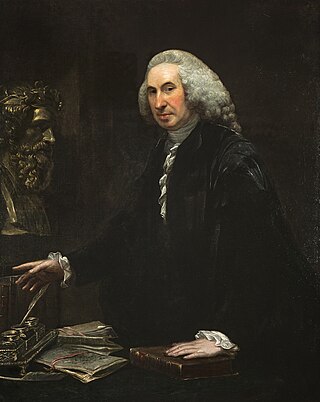
William Cullen was a Scottish physician, chemist and agriculturalist, and professor at the Edinburgh Medical School. Cullen was a central figure in the Scottish Enlightenment: He was David Hume's physician, and was friends with Joseph Black, Henry Home, Adam Ferguson, John Millar, and Adam Smith, among others.

Sir John Pringle, 1st Baronet was a British physician who has been called the "father of military medicine".

Sir John Robert Steell was a Scottish sculptor. He modelled many of the leading figures of Scottish history and culture, and is best known for a number of sculptures displayed in Edinburgh, including the statue of Sir Walter Scott at the base of the Scott Monument.

Archibald Pitcairne or Pitcairn was a Scottish physician. He was a physician and poet who first studied law at Edinburgh and Paris graduating with an M.A. from Edinburgh in 1671. He turned his attention to medicine, and commenced to practise in Edinburgh, around 1681. He was appointed professor of physic at Leyden, in 1692, resigning his chair. On returning to Edinburgh, however, around 1693, he was suspected of being at heart an atheist, chiefly on account of his mockery of the puritanical strictness of the Presbyterian church. He was the reputed author of two satirical works, 'The Assembly, or Scotch Reformation : a Comedy,' 1692, and Habel, a Satirical Poem,' 1692. He wrote also a number of Latin verses. He was one of the most celebrated physicians of his time.
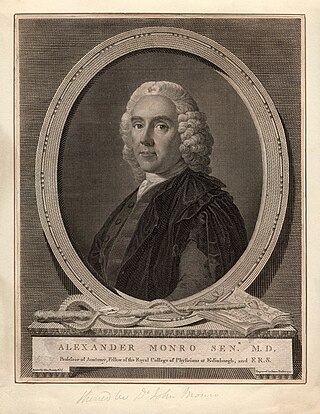
Alexander Monro was a Scottish surgeon and anatomist. His father, the surgeon John Monro, had been a prime mover in the foundation of the Edinburgh Medical School and had arranged Alexander's education in the hope that his son might become the first Professor of Anatomy in the new university medical school.
Sir Robert Moray FRS was a Scottish soldier, statesman, diplomat, judge, spy, and natural philosopher. He was well known to Charles I and Charles II, and to the French cardinals Richelieu and Mazarin. He attended the meeting of the 1660 committee of 12 on 28 November 1660 that led to the formation of the Royal Society, and was influential in gaining its Royal Charter and formulating its statutes and regulations. He was also one of the founders of modern Freemasonry in Great Britain.
Jonathan Goddard (1617–1675) was an English physician, known both as army surgeon to the forces of Oliver Cromwell, and as an active member of the Royal Society.

Lieutenant General Sir Thomas Molyneux, 1st Baronet FRS was an Irish physician.
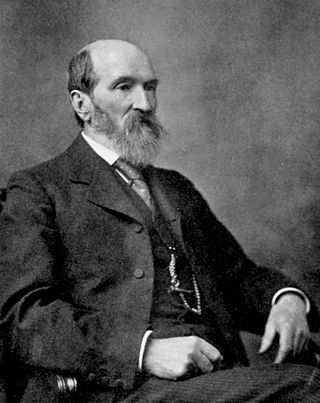
Sir Thomas Smith Clouston was a Scottish psychiatrist.

The Restoration was the return of the monarchy to Scotland in 1660 after the period of the Commonwealth, and the subsequent three decades of Scottish history until the Revolution and Convention of Estates of 1689. It was part of a wider Restoration in the British Isles that included the return of the Stuart dynasty to the thrones of England and Ireland in the person of Charles II.
Sir Andrew Balfour was a Scottish doctor, botanist, antiquary and book collector, the youngest brother of the antiquarian Sir James Balfour, 1st Baronet.
Noel Broxholme, M.D. (1686–1748), was an English physician.
Alexander Handyside Ritchie was a Scottish sculptor born in Musselburgh in 1804, the son of James Ritchie, a local brickmaker and ornamental plasterer, and his wife Euphemia. The father in turn was the son of a fisherman and amateur sculptor.
David Craigie FRSE was a Scottish physician, known as a medical author.
Dr James Crawford Gregory FRSE (1801-1832) was a Scottish physician and part of the Gregory family of notable physicians and scientists. His middle name is sometimes spelled as Craufurd.
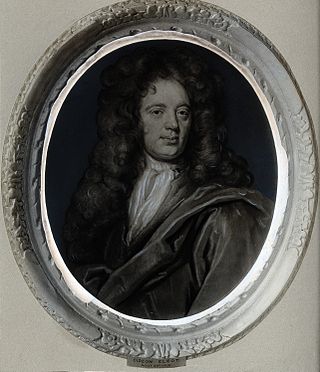
Gideon Eliot (1664-1713) of North Sintoun in Roxburghshire was an Edinburgh surgeon. He served as surgeons to the 26th Regiment of Foot. He was elected Deacon (President) of the Incorporation of Surgeons of Edinburgh on two occasions.
Extramural medical education in Edinburgh began over 200 years before the university medical faculty was founded in 1726 and extramural teaching continued thereafter for a further 200 years. Extramural is academic education which is conducted outside a university. In the early 16th century it was under the auspices of the Incorporation of Surgeons of Edinburgh (RCSEd) and continued after the Faculty of Medicine was established by the University of Edinburgh in 1726. Throughout the late 18th and 19th centuries the demand for extramural medical teaching increased as Edinburgh's reputation as a centre for medical education grew. Instruction was carried out by individual teachers, by groups of teachers and, by the end of the 19th century, by private medical schools in the city. Together these comprised the Edinburgh Extramural School of Medicine. From 1896 many of the schools were incorporated into the Medical School of the Royal Colleges of Edinburgh under the aegis of the RCSEd and the Royal College of Physicians of Edinburgh (RCPE) and based at Surgeons' Hall. Extramural undergraduate medical education in Edinburgh stopped in 1948 with the closure of the Royal Colleges' Medical School following the Goodenough Report which recommended that all undergraduate medical education in the UK should be carried out by universities.
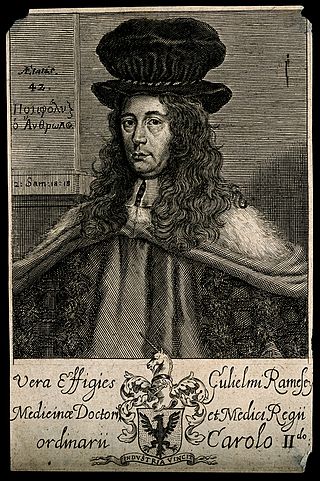
William Ramsay or William Ramesey was a Scottish-English physician and astrologer.
References
![]() This article incorporates text from a publication now in the public domain : "Bruce, David (fl.1660)". Dictionary of National Biography . London: Smith, Elder & Co. 1885–1900.
This article incorporates text from a publication now in the public domain : "Bruce, David (fl.1660)". Dictionary of National Biography . London: Smith, Elder & Co. 1885–1900.